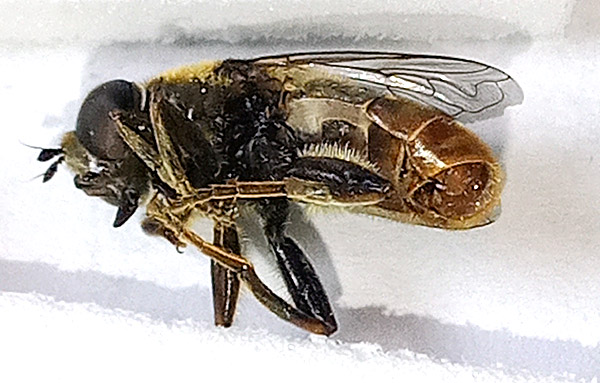According to the analysis of my biodiversity records for last year by iNaturalist, this is the breakdown of what I saw when I was out on field naturalist outings of one sort or another:
 |
| Deathcap Amanita phalloides. |
57% of my observations are termed 'research grade', which means that they are trustworthy, have been corroborated by other observers and can be used in scientific research. The rest of my observations are awaiting corroboration by other observers.
 |
| Hover fly Merodon sp. |
42% of my observations were records of plants and 37% were fungi. 16% were insects and the rest were made up of about equal numbers of amphibians, birds, mammals, mollusks and protozoans. The plants I identified most were oaks and orchids, the most frequent fungi I submitted were boletes and flies were my number one category of insects.
 |
| Wild cherry Prunus sp. |
Most of my observations were made in October, with April coming second. The month when I made the fewest observations was June. The previous year the big spikes in observations were June, July and October, all about equal, with January and February having the fewest observations. I made more observations than last year, but saw fewer species.
 |
| Common Rustgill Gymnopilus penetrans. |
The photos are of the species which other observers commented on or marked as a favourite.

No comments:
Post a Comment